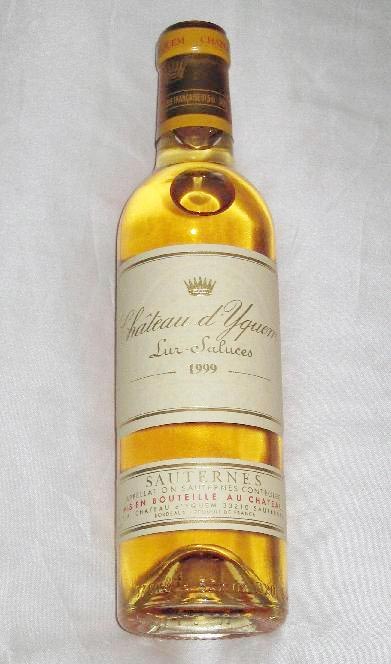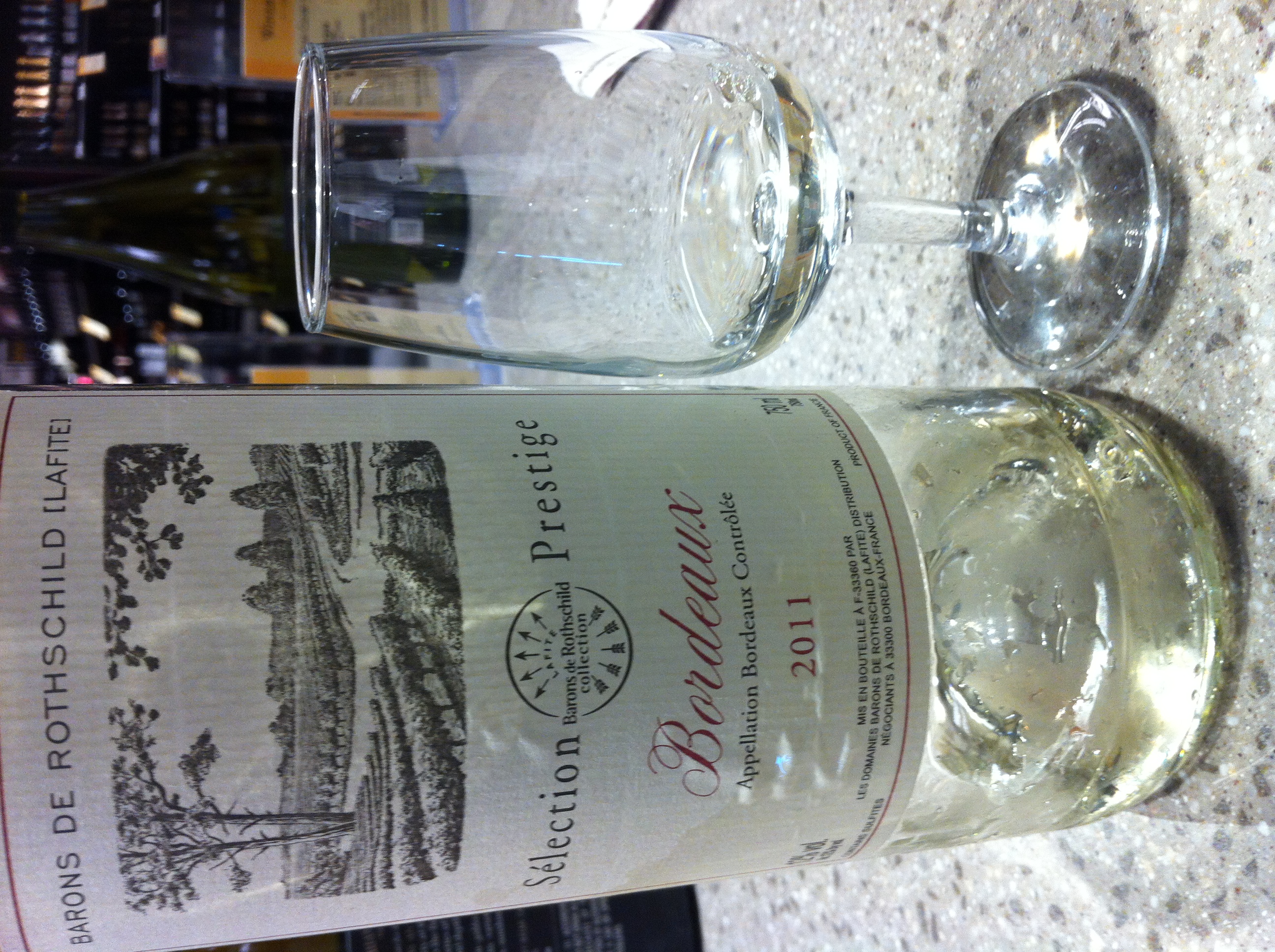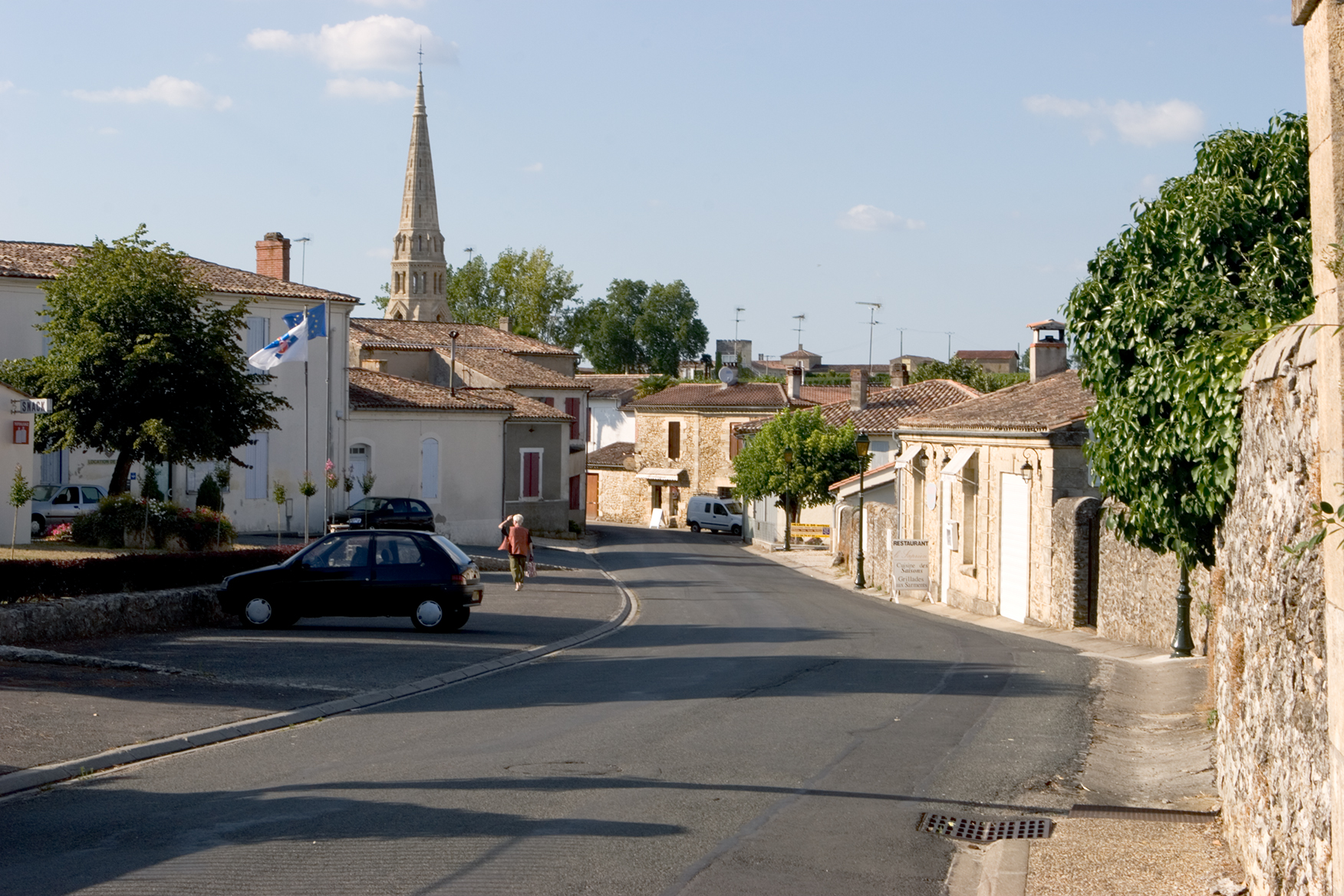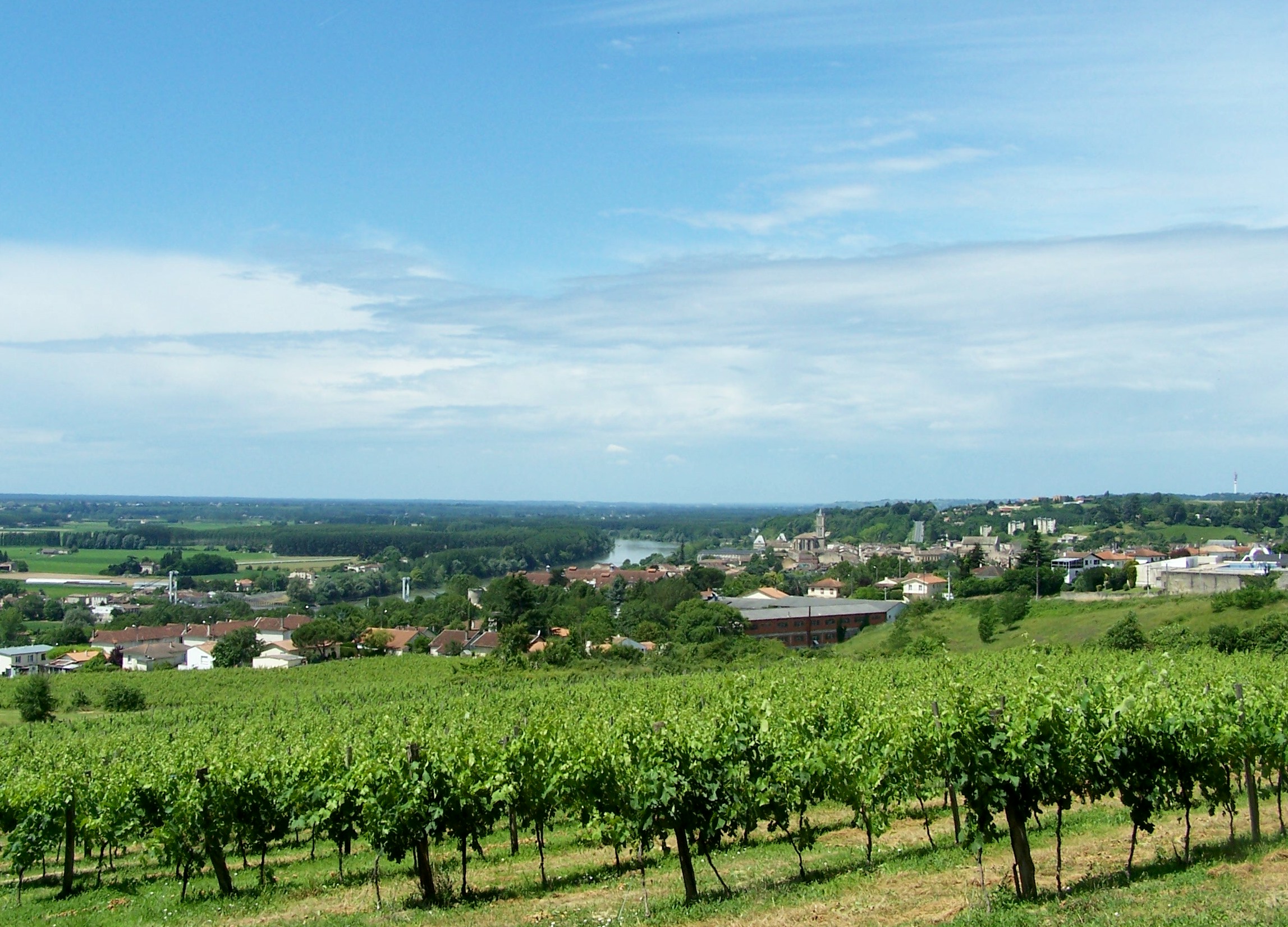|
Sémillon
Sémillon is a golden-skinned grape used to make dry and sweet white wines, mostly in France and Australia. Its thin skin and susceptibility to botrytis make it dominate the sweet wine region Sauternes AOC and Barsac AOC. History The Sémillon grape is native to the Bordeaux region. It was known as Sémillon de Saint-Émilion in 1736, while Sémillon also resembles the local pronunciation of the town's name ( emi'ʎuŋ. It first arrived in Australia in the early 19th century and by the 1820s the grape covered over 90% of South Africa's vineyards, where it was known as ''Wyndruif'', meaning "wine grape". It was once considered to be the most planted grape in the world, although this is no longer the case. In the 1950s, Chile's vineyards were made up of over 75% Sémillon. Today, it accounts for just 1% of South African Cape vines. Viticulture Sémillon, which is relatively easy to cultivate, consistently produces six to eight tons of grapes per acre from its vigorous vines ... [...More Info...] [...Related Items...] OR: [Wikipedia] [Google] [Baidu] |
Bordeaux Wine
Bordeaux wine ( oc, vin de Bordèu, french: vin de Bordeaux) is produced in the Bordeaux region of southwest France, around the city of Bordeaux, on the Garonne River. To the north of the city the Dordogne River joins the Garonne forming the broad estuary called the Gironde; the Gironde department, with a total vineyard area of over 120,000 hectares, is the largest wine growing area in France. Average vintages produce over 700 million bottles of wine, ranging from large quantities of everyday table wine, to some of the most expensive and prestigious wines in the world. The vast majority of wine produced in Bordeaux is red (sometimes called "claret" in Britain), with sweet white wines (most notably Sauternes), dry whites, and (in much smaller quantities) rosé and sparkling wines ( Crémant de Bordeaux) collectively making up the remainder. Bordeaux wine is made by more than 8,500 producers or ''châteaux''. There are 54 appellations of Bordeaux wine. History Viticult ... [...More Info...] [...Related Items...] OR: [Wikipedia] [Google] [Baidu] |
Sauvignon Blanc
is a green-skinned grape variety that originates from the Bordeaux region of France. The grape most likely gets its name from the French words ''sauvage'' ("wild") and ''blanc'' ("white") due to its early origins as an indigenous grape in South West France. It is possibly a descendant of Savagnin. is planted in many of the world's wine regions, producing a crisp, dry, and refreshing white varietal wine. The grape is also a component of the famous dessert wines from Sauternes and Barsac. Sauvignon blanc is widely cultivated in France, Chile, Romania, Canada, Australia, New Zealand, South Africa, Bulgaria, the states of Oregon, Washington, and California in the US. Some New World Sauvignon blancs, particularly from California, may also be called "Fumé Blanc", a marketing term coined by Robert Mondavi in reference to Pouilly-Fumé. Depending on the climate, the flavor can range from aggressively grassy to sweetly tropical. In cooler climates, the grape has a tendenc ... [...More Info...] [...Related Items...] OR: [Wikipedia] [Google] [Baidu] |
Sauternes (wine)
Sauternes is a French sweet wine from the region of the same name in the Graves section in Bordeaux. Sauternes wine is made from Sémillon, sauvignon blanc, and muscadelle grapes that have been affected by ''Botrytis cinerea'', also known as noble rot. This causes the grapes to become partially raisined, resulting in concentrated and distinctively flavored wines. Due to its climate, Sauternes is one of the few wine regions where infection with noble rot is a frequent occurrence. Even so, production is a hit-or-miss proposition, with widely varying harvests from vintage to vintage. Wines from Sauternes, especially the ''Premier Cru Supérieur'' estate Château d'Yquem, can be very expensive, largely due to the very high cost of production. Barsac lies within Sauternes and is entitled to use either name. Somewhat similar but less expensive and typically less-distinguished wines are produced in the neighboring regions of Monbazillac, Cérons, Loupiac and Cadillac. In the Un ... [...More Info...] [...Related Items...] OR: [Wikipedia] [Google] [Baidu] |
Barsac AOC
Sauternes is a French sweet wine from the region of the same name in the Graves section in Bordeaux. Sauternes wine is made from Sémillon, sauvignon blanc, and muscadelle grapes that have been affected by ''Botrytis cinerea'', also known as noble rot. This causes the grapes to become partially raisined, resulting in concentrated and distinctively flavored wines. Due to its climate, Sauternes is one of the few wine regions where infection with noble rot is a frequent occurrence. Even so, production is a hit-or-miss proposition, with widely varying harvests from vintage to vintage. Wines from Sauternes, especially the ''Premier Cru Supérieur'' estate Château d'Yquem, can be very expensive, largely due to the very high cost of production. Barsac lies within Sauternes and is entitled to use either name. Somewhat similar but less expensive and typically less-distinguished wines are produced in the neighboring regions of Monbazillac, Cérons, Loupiac and Cadillac. In the Un ... [...More Info...] [...Related Items...] OR: [Wikipedia] [Google] [Baidu] |
Chardonnay
Chardonnay (, , ) is a green-skinned grape variety used in the production of white wine. The variety originated in the Burgundy wine region of eastern France, but is now grown wherever wine is produced, from England to New Zealand. For new and developing wine regions, growing Chardonnay is seen as a 'rite of passage' and an easy entry into the international wine market. The Chardonnay grape itself is neutral, with many of the flavors commonly associated with the wine being derived from such influences as '' terroir'' and oak.Robinson, 2006, pp. 154–56. It is vinified in many different styles, from the lean, crisply mineral wines of Chablis, France, to New World wines with oak and tropical fruit flavors. In cool climates (such as Chablis and the Carneros AVA of California), Chardonnay wine tends to be medium to light body with noticeable acidity and flavors of green plum, apple, and pear. In warmer locations (such as the Adelaide Hills and Mornington Peninsula in Aus ... [...More Info...] [...Related Items...] OR: [Wikipedia] [Google] [Baidu] |
Bordeaux Wine Regions
The wine regions of Bordeaux are a large number of wine growing areas, differing widely in size and sometimes overlapping, which lie within the overarching wine region of Bordeaux, centred on the city of Bordeaux and covering the whole area of the Gironde department of Aquitaine. The Bordeaux region is naturally divided by the Gironde Estuary into a Left Bank area which includes the Médoc and Graves and a Right Bank area which includes the Libournais, Bourg and Blaye. The Médoc is itself divided into Haut-Médoc (the upstream or southern portion) and Bas-Médoc (the downstream or northern portion, often referred to simply as "Médoc"). There are various sub-regions within the Haut-Médoc, including St-Estèphe, Pauillac, St.-Julien and Margaux and the less well known areas of AOC Moulis and Listrac. Graves includes the sub-regions of Pessac-Léognan and Sauternes (among others), and Sauternes in turn includes the sub-region of Barsac. The Libournais includes the sub-re ... [...More Info...] [...Related Items...] OR: [Wikipedia] [Google] [Baidu] |
Bordeaux Wine Region
The wine regions of Bordeaux are a large number of wine growing areas, differing widely in size and sometimes overlapping, which lie within the overarching wine region of Bordeaux, centred on the city of Bordeaux and covering the whole area of the Gironde department of Aquitaine. The Bordeaux region is naturally divided by the Gironde Estuary into a Left Bank area which includes the Médoc and Graves and a Right Bank area which includes the Libournais, Bourg and Blaye. The Médoc is itself divided into Haut-Médoc (the upstream or southern portion) and Bas-Médoc (the downstream or northern portion, often referred to simply as "Médoc"). There are various sub-regions within the Haut-Médoc, including St-Estèphe, Pauillac, St.-Julien and Margaux and the less well known areas of AOC Moulis and Listrac. Graves includes the sub-regions of Pessac-Léognan and Sauternes (among others), and Sauternes in turn includes the sub-region of Barsac. The Libournais includes the sub- ... [...More Info...] [...Related Items...] OR: [Wikipedia] [Google] [Baidu] |
Sauternes AOC
Sauternes is a French sweet wine from the region of the same name in the Graves section in Bordeaux. Sauternes wine is made from Sémillon, sauvignon blanc, and muscadelle grapes that have been affected by ''Botrytis cinerea'', also known as noble rot. This causes the grapes to become partially raisined, resulting in concentrated and distinctively flavored wines. Due to its climate, Sauternes is one of the few wine regions where infection with noble rot is a frequent occurrence. Even so, production is a hit-or-miss proposition, with widely varying harvests from vintage to vintage. Wines from Sauternes, especially the ''Premier Cru Supérieur'' estate Château d'Yquem, can be very expensive, largely due to the very high cost of production. Barsac lies within Sauternes and is entitled to use either name. Somewhat similar but less expensive and typically less-distinguished wines are produced in the neighboring regions of Monbazillac, Cérons, Loupiac and Cadillac. In the Unit ... [...More Info...] [...Related Items...] OR: [Wikipedia] [Google] [Baidu] |
Graves (wine Region)
Graves (, ''gravelly land'') is an important subregion of the Bordeaux wine region. Graves is situated on the left bank of the Garonne River, in the upstream part of the region, southeast of the city Bordeaux and stretches over . Graves is the only Bordeaux subregion which is famed for all three of Bordeaux' three main wine types—reds, dry whites and sweet wines—although red wines dominate the total production. Graves AOC is also the name of one ''Appellation d'origine contrôlée'' (AOC) which covers most, but not all of the Graves subregion. The area encompasses villages including Sauternes, Pessac, Talence, Léognan, Martillac, Saint-Morillon, and Portets. The name Graves derives from its intensely gravelly soil.H. Johnson & J. Robinson ''The World Atlas of Wine'' pg 98 Mitchell Beazley Publishing 2005 The soil is the result of glaciers from the Ice Age, which also left white quartz deposits that can still be found in the soil of some of the top winemaking estates.K. Mac ... [...More Info...] [...Related Items...] OR: [Wikipedia] [Google] [Baidu] |
Chile Wine
Chilean wine has a long history for a New World wine region, as it was the 16th century when the Spanish conquistadors brought ''Vitis vinifera'' vines with them as they colonized the region. In the mid-19th century, French wine varieties such as Cabernet Sauvignon, Merlot, Carmenère and Franc were introduced. In the early 1980s, a renaissance began with the introduction of stainless steel fermentation tanks and the use of oak barrels for aging. Wine exports grew very quickly as quality wine production increased. The number of wineries grew from 12 in 1995 to over 70 in 2005. A large number of French people immigrated to Chile during the late 20th century, bringing more viticultural knowledge to the country. Chile is now the fifth largest exporter of wines in the world, and the seventh largest producer. The climate has been described as midway between that of California and France. The most common grapes are Cabernet Sauvignon, Merlot and Carmenère. So far Chile has rem ... [...More Info...] [...Related Items...] OR: [Wikipedia] [Google] [Baidu] |
Château D'Yquem
Château d'Yquem () is a '' Premier Cru Supérieur'' ( Fr: "Superior First Growth") wine from the Sauternes, Gironde region in the southern part of the Bordeaux vineyards known as Graves. In the Bordeaux Wine Official Classification of 1855, Château d'Yquem was the only Sauternes given this rating, indicating its perceived superiority and higher prices over all other wines of its type. Yquem's success stems largely from the site's susceptibility to attack by " noble rot" (a particular kind of infestation by ''Botrytis cinerea''). Wines from Château d'Yquem are characterised by their complexity, concentration and sweetness, which is balanced by relatively high acidity. With proper care, a bottle will keep for a century or more, and the fruity overtones will gradually fade and integrate with more complex secondary and tertiary flavours. Since 1959, Château d'Yquem has also produced a dry white wine called ''Ygrec'' (Fr: the letter "Y"), made predominantly from Sauvignon bl ... [...More Info...] [...Related Items...] OR: [Wikipedia] [Google] [Baidu] |
Entre-Deux-Mers
Entre-Deux-Mers is a French region, well known as a Bordeaux wine growing region. The geographical area is situated between the rivers Garonne and Dordogne, and is bounded in the east by the border of the Gironde department and in the west by the , the confluence of the Garonne and the Dordogne. At , it is the largest sub-region of Bordeaux, although, as there are large areas of forest, only half the land is used for growing grapes. The total area under vine is about , with about 250 growers making wine there. Name The name of the region is derived, not from the French word "'" ("sea"), but from "'" ("tide"). Thus, it means "between two tides", a reference to its location between two tidal rivers. Wine region and Appellation Although both red and white wine is produced in Entre-Deux-Mers, only the dry white carries the appellation d'origine contrôlée (AOC) "Entre-Deux-Mers". The red is sold as Bordeaux or Bordeaux Supérieur. Many growers switched from the white gr ... [...More Info...] [...Related Items...] OR: [Wikipedia] [Google] [Baidu] |












